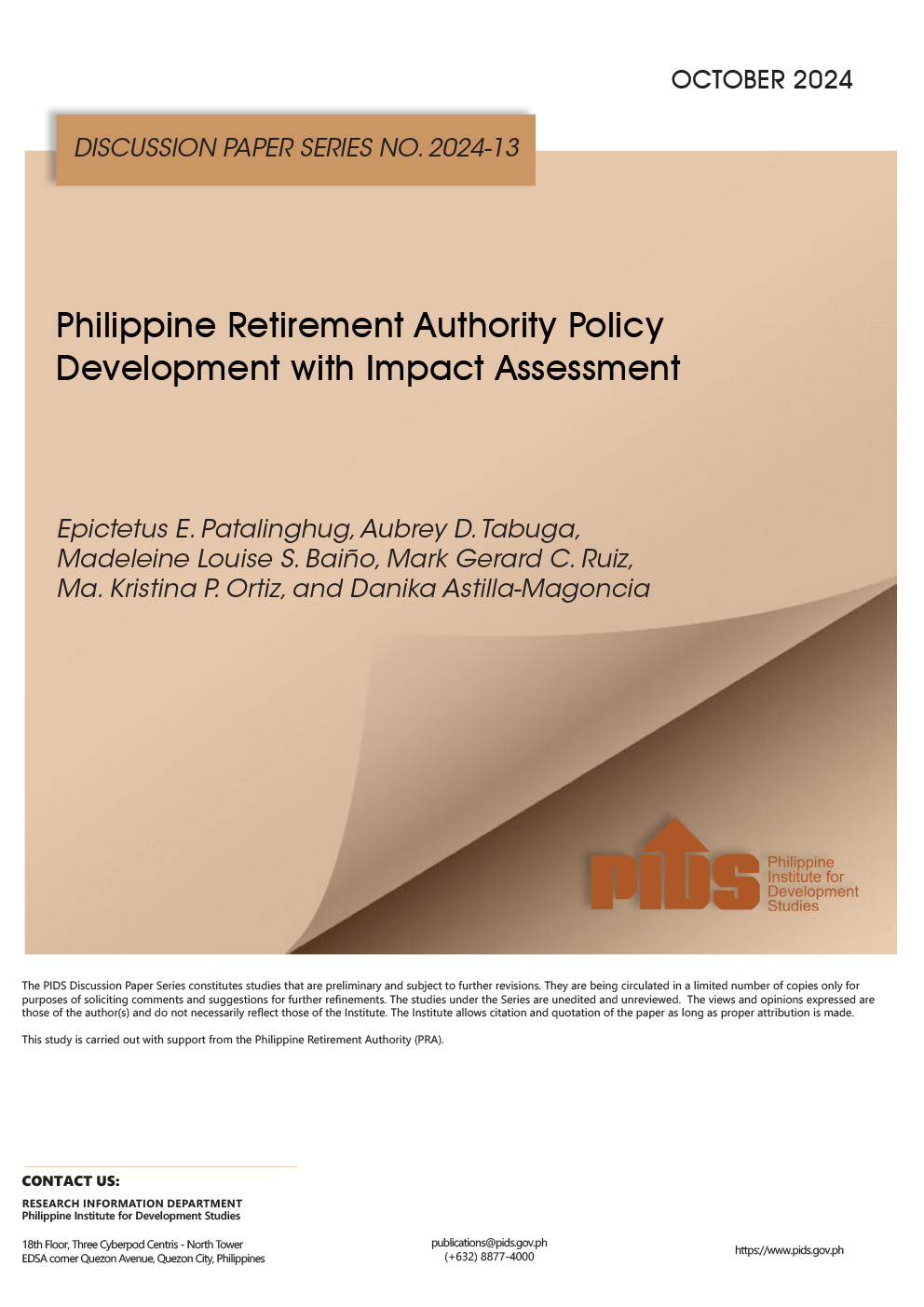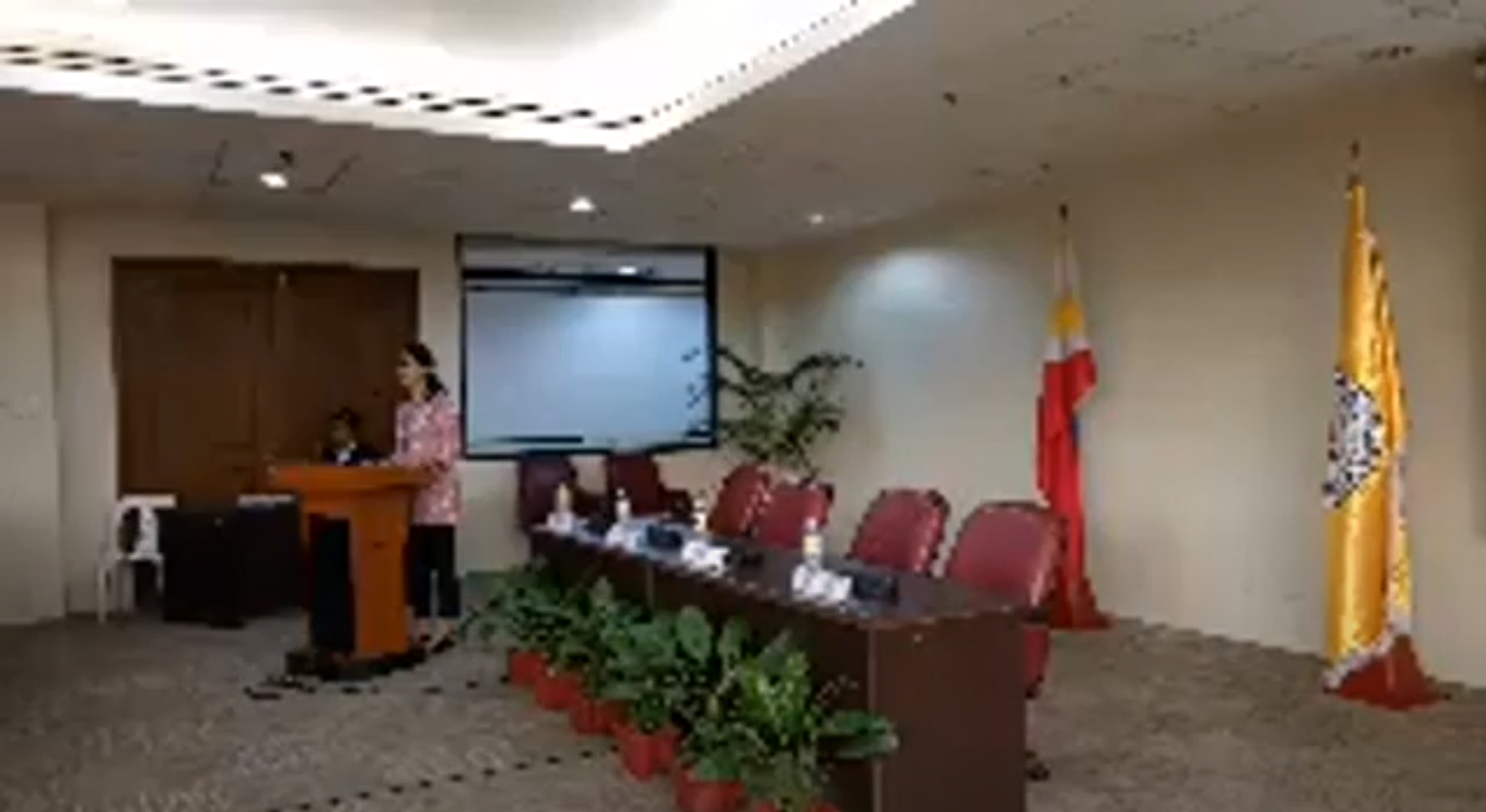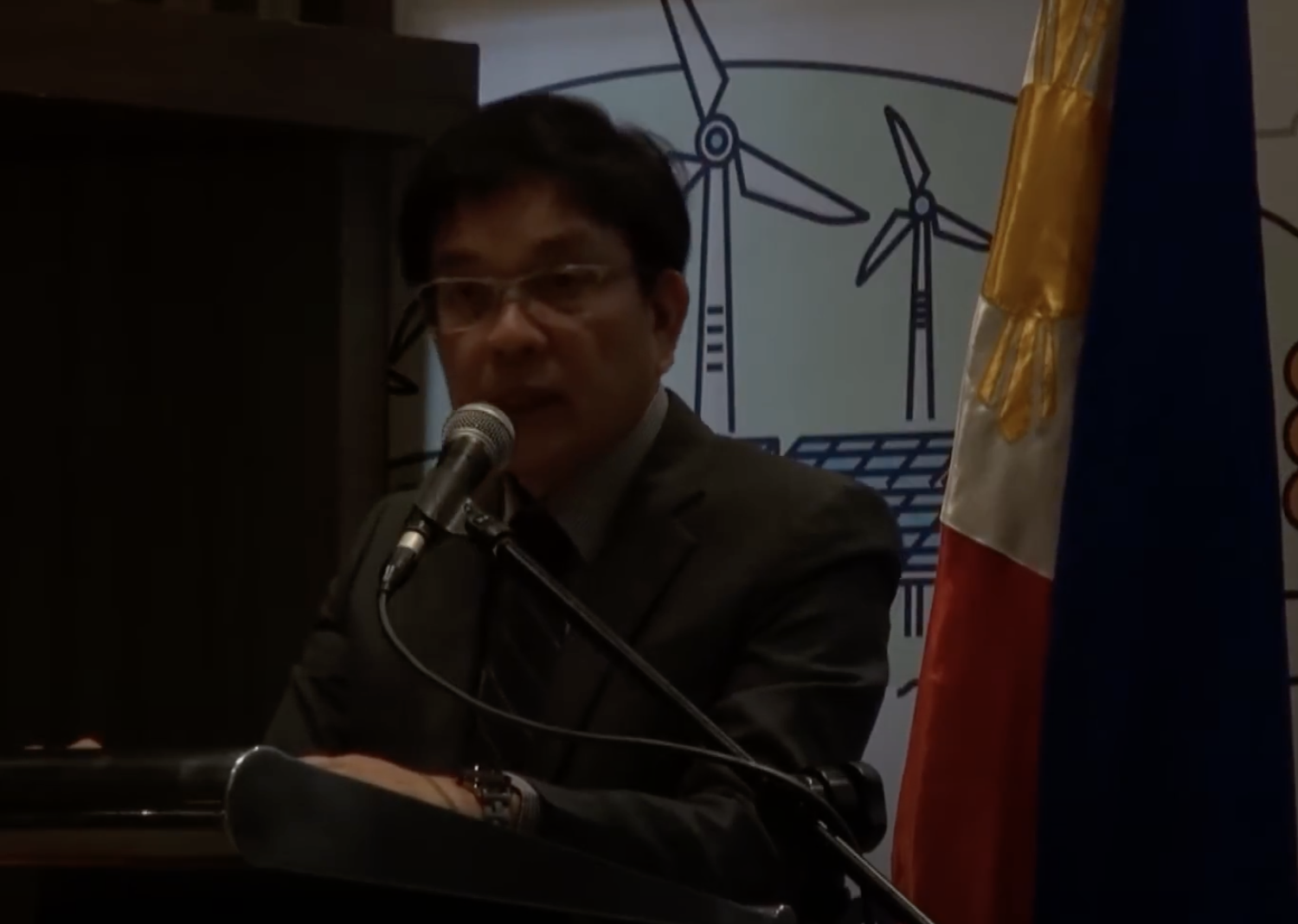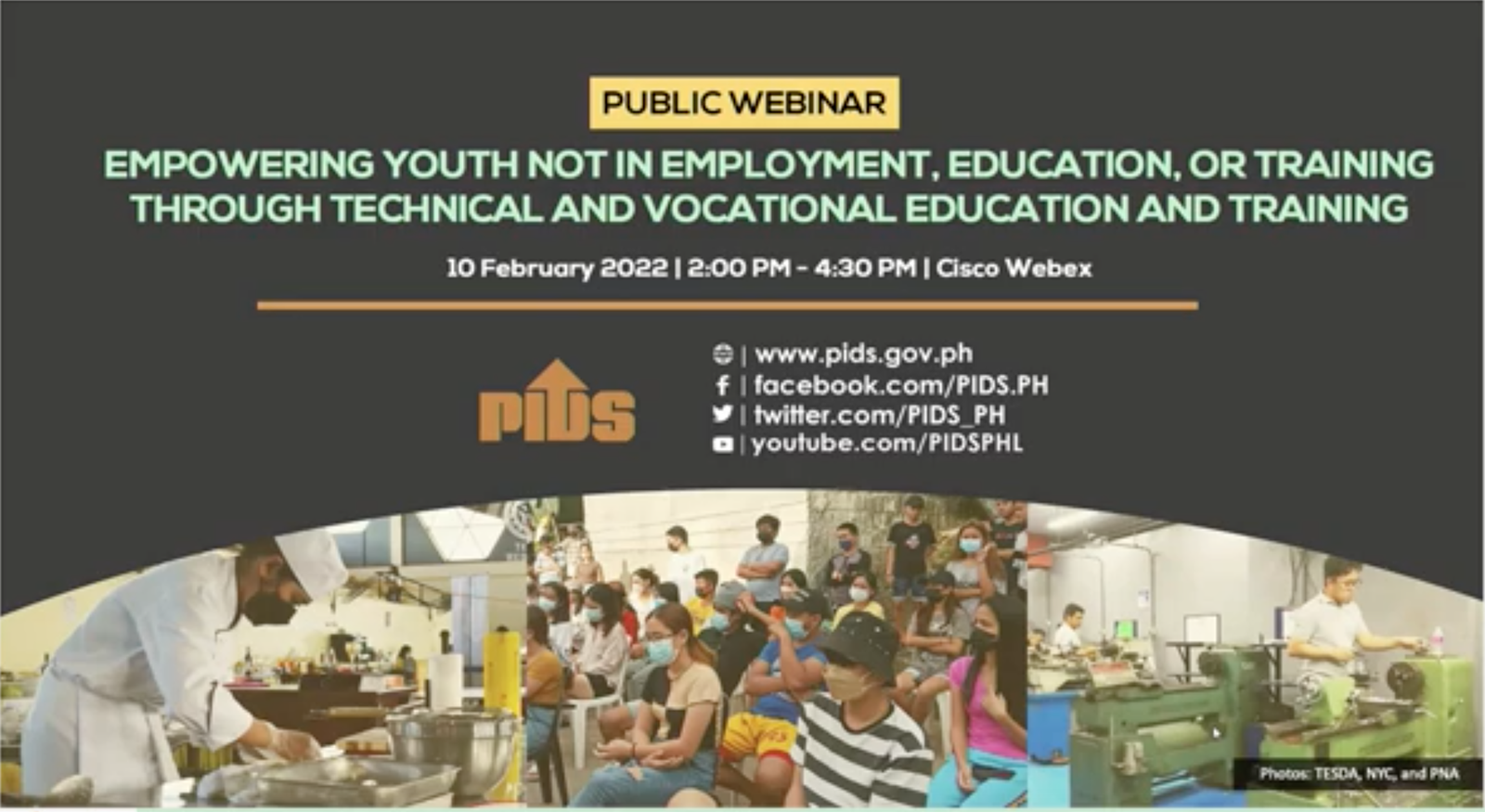The Duterte administration’s hopes of shifting to a federal government before 2022 are getting dimmer, especially with numerous financial and political considerations that should be examined before such a drastic change is implemented, local and foreign experts said at a Philippine Institute for Development Studies (PIDS) forum on Tuesday.
PIDS President Gilberto Llanto said there is a need to gather the country’s brightest minds to come up with the best way to approach federalism because there are many forms to consider and there is no one-size-fits-all model.
“Mahirap kapag nagmamadali ka dito [It would be dangerous to hurry this process]. If you want this done in two years, maybe it’s not the way to do it. You have to be careful because there are certain risks,” Llanto told reporters.
The amount of work to be done is significant. National Economic and Development Authority (Neda) Undersecretary for Planning and Policy Rosemarie Edillon said that, for one, the country needs a federalism road map.
Edillon noted that the road map will outline the general direction and the tasks that will make a federal government possible in the Philippines.
She said this can be similar to the road map done prior to the crafting of the Asean Free Trade Agreement, which paved the way for the Asean Economic Community.
After 25 years, Edillon said the region has not fully integrated, but has already made significant strides to achieve this given the level of diversity of all Asean countries.
“That is what I hope we would have—a road map to prepare us for this change, to ensure that we get the most benefits, to minimize the cost of transition. And always, not losing sight of what we want to achieve—a matatag, maginhawa at panatag na buhay para sa lahat,” Edillon stressed.
PIDS senior research fellow Rosario G. Manasan said the government needs to seriously consider the structure of a federal government because it will entail public funds.
Manasan said shifting to a federal form of government will involve adding to the current legislature a low of 812 new lawmakers and their staff to as high as 2,830 public officials and workers. This, she said, has a price tag of about P30 billion to P59 billion every year. This estimate is quite conservative, since it assumes that the existing government bureaucracy will not require additional cost.
However, Australian National University Prof. Paul Hotchcroft said federalism will entail the addition of 10 to 12 agencies or offices, depending on the number of states. Expanding government line agencies means not only costs, but also requires additional manpower in each state.
Edillon said this is the same adjustment that private companies need to implement. However, she said, the question is whether the country has a sufficient number of accountants, engineers and other professionals and rank-and-file workers to run these states at the subnational level.
Llanto stressed that it is important for the Philippines to carefully examine the possible implications of shifting to federalism using a multidisciplinary lens and to take into account the country’s political, economic, social and historical context.
“A very important challenge before us in the policy research and academic community is to clarify the policy discourse on federalism. There is not only one model of federalism that countries with a federal structure of government have followed.
“It can be assumed that the federal states that we have today had agreed to adopt a particular federalist structure that would best address their deeply cherished goals, challenges and experiences,” he said.
The conference presentations covered topics ranging from allocation of functional responsibilities, taxing powers and management of financial resources, delineation of territorial boundary of states, treatment of local government units, to political stability of the proposed shift to federalism and its relationship and effects to political parties and political dynasties in the country.
There were also sessions that delved on concepts of centralization versus decentralization in both the administrative and political spheres, including comparisons and key lessons from countries that adopted a federal form of government, such as Germany and the United States.
The APPC serves as the main activity of the Development Policy Research Month, an annual nationwide celebration led by PIDS every September pursuant to Presidential Proclamation 247.
PIDS President Gilberto Llanto said there is a need to gather the country’s brightest minds to come up with the best way to approach federalism because there are many forms to consider and there is no one-size-fits-all model.
“Mahirap kapag nagmamadali ka dito [It would be dangerous to hurry this process]. If you want this done in two years, maybe it’s not the way to do it. You have to be careful because there are certain risks,” Llanto told reporters.
The amount of work to be done is significant. National Economic and Development Authority (Neda) Undersecretary for Planning and Policy Rosemarie Edillon said that, for one, the country needs a federalism road map.
Edillon noted that the road map will outline the general direction and the tasks that will make a federal government possible in the Philippines.
She said this can be similar to the road map done prior to the crafting of the Asean Free Trade Agreement, which paved the way for the Asean Economic Community.
After 25 years, Edillon said the region has not fully integrated, but has already made significant strides to achieve this given the level of diversity of all Asean countries.
“That is what I hope we would have—a road map to prepare us for this change, to ensure that we get the most benefits, to minimize the cost of transition. And always, not losing sight of what we want to achieve—a matatag, maginhawa at panatag na buhay para sa lahat,” Edillon stressed.
PIDS senior research fellow Rosario G. Manasan said the government needs to seriously consider the structure of a federal government because it will entail public funds.
Manasan said shifting to a federal form of government will involve adding to the current legislature a low of 812 new lawmakers and their staff to as high as 2,830 public officials and workers. This, she said, has a price tag of about P30 billion to P59 billion every year. This estimate is quite conservative, since it assumes that the existing government bureaucracy will not require additional cost.
However, Australian National University Prof. Paul Hotchcroft said federalism will entail the addition of 10 to 12 agencies or offices, depending on the number of states. Expanding government line agencies means not only costs, but also requires additional manpower in each state.
Edillon said this is the same adjustment that private companies need to implement. However, she said, the question is whether the country has a sufficient number of accountants, engineers and other professionals and rank-and-file workers to run these states at the subnational level.
Llanto stressed that it is important for the Philippines to carefully examine the possible implications of shifting to federalism using a multidisciplinary lens and to take into account the country’s political, economic, social and historical context.
“A very important challenge before us in the policy research and academic community is to clarify the policy discourse on federalism. There is not only one model of federalism that countries with a federal structure of government have followed.
“It can be assumed that the federal states that we have today had agreed to adopt a particular federalist structure that would best address their deeply cherished goals, challenges and experiences,” he said.
The conference presentations covered topics ranging from allocation of functional responsibilities, taxing powers and management of financial resources, delineation of territorial boundary of states, treatment of local government units, to political stability of the proposed shift to federalism and its relationship and effects to political parties and political dynasties in the country.
There were also sessions that delved on concepts of centralization versus decentralization in both the administrative and political spheres, including comparisons and key lessons from countries that adopted a federal form of government, such as Germany and the United States.
The APPC serves as the main activity of the Development Policy Research Month, an annual nationwide celebration led by PIDS every September pursuant to Presidential Proclamation 247.












